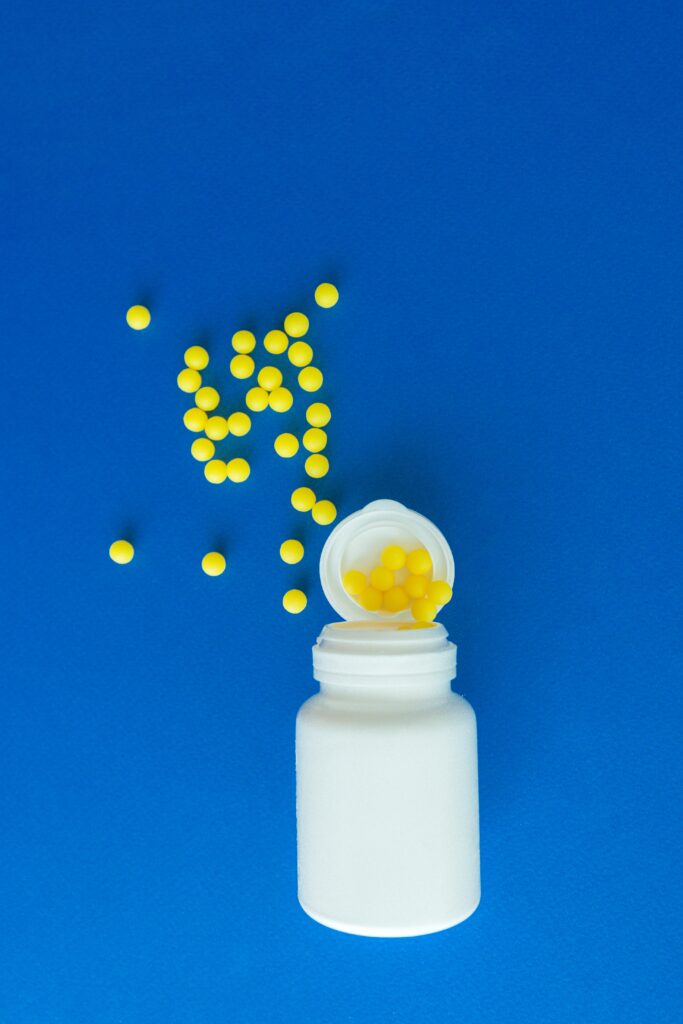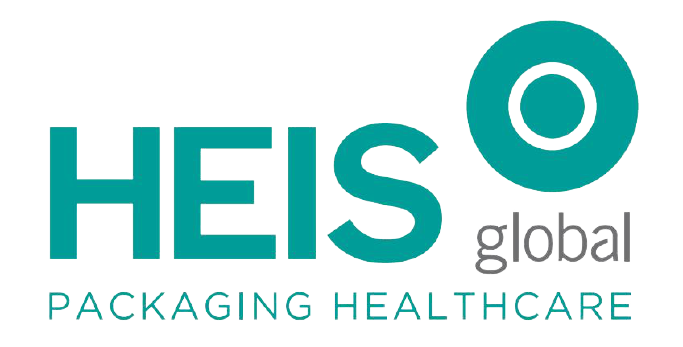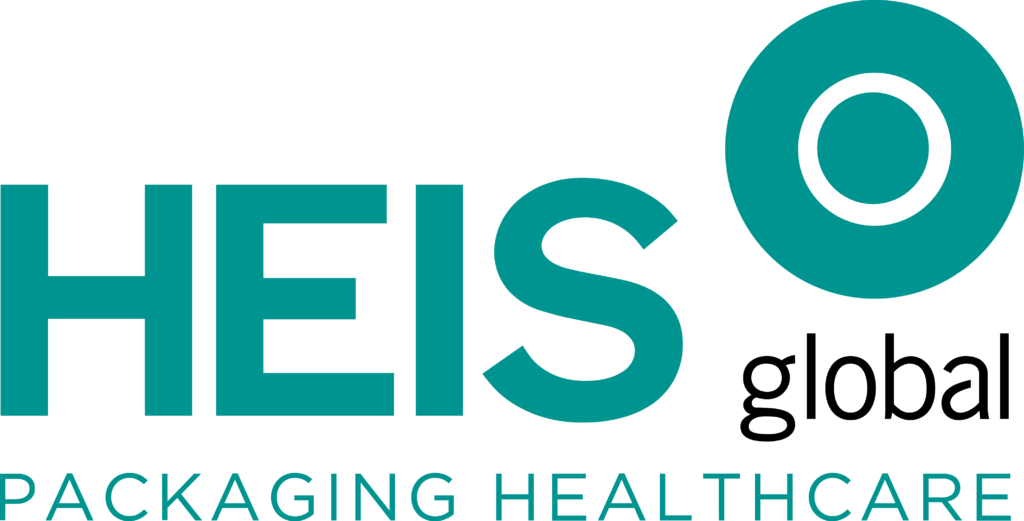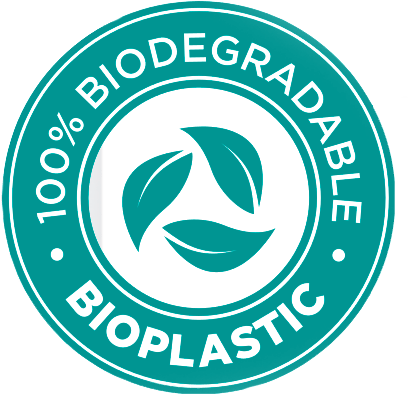In an age where sustainability and environmental responsibility are paramount, industries are constantly seeking innovative solutions to reduce their ecological footprint. One such development is the emergence of RPET (Recycled Polyethylene Terephthalate) packaging in cleanroom manufacturing, a particularly crucial aspect in the pharmaceutical industry. RPET packaging not only aligns with sustainability goals but also offers substantial benefits in pharmaceutical packaging. In this article, we’ll delve into the world of RPET packaging and its pivotal role in maintaining the integrity and safety of pharmaceutical products within cleanroom environments.

The Rise of RPET Packaging
RPET is a sustainable plastic produced from recycled PET materials, predominantly sourced from post-consumer plastic waste, such as water bottles and food containers. The process involves cleaning, shredding, and melting collected plastic waste to create RPET resin. This eco-friendly material is gaining popularity across various applications, including pharmaceutical packaging. Here’s why RPET is making a significant impact in cleanroom manufacturing for pharmaceuticals:
- Environmental Benefits: RPET packaging is a substantial step toward reducing plastic waste and conserving resources. By utilizing recycled materials, the pharmaceutical industry can significantly diminish its carbon footprint and contribute to a cleaner, more sustainable planet.
- Energy Efficiency: RPET manufacturing requires less energy than the production of virgin PET plastic, translating to a reduced carbon footprint in the manufacturing process and lower greenhouse gas emissions.
- Decreased Fossil Fuel Dependency: Traditional plastics are derived from fossil fuels, whereas RPET packaging uses post-consumer plastic, thereby reducing the demand for new petroleum-based resources.
Importance of Cleanroom Manufacturing in Pharmaceutical Packaging
Cleanroom manufacturing is of paramount importance in the pharmaceutical industry, as it directly affects the safety and efficacy of pharmaceutical products. Here’s why cleanroom manufacturing is critical:
- Stringent Quality Control: Pharmaceutical products are highly sensitive and must meet strict quality standards. Even the slightest contamination can lead to product recalls and jeopardize patient safety. Cleanroom manufacturing ensures a controlled environment with low particle counts, minimizing the risk of contamination.
- Product Efficacy: In pharmaceuticals, product efficacy is non-negotiable. Cleanroom manufacturing environments provide the necessary conditions to manufacture drugs without the risk of cross-contamination or impurities that could alter the drug’s effectiveness.
- Regulatory Compliance: The pharmaceutical industry is heavily regulated. Cleanrooms are designed and maintained to meet the stringent requirements of regulatory authorities such as the FDA, ensuring that pharmaceutical companies remain in compliance with the law.
- Patient Safety: Cleanroom manufacturing directly impacts patient safety. The production of sterile pharmaceuticals is non-negotiable, and cleanroom environments are the backbone of sterile manufacturing, ensuring that patients receive safe and effective medications.
RPET Packaging in Pharmaceutical Cleanroom Manufacturing
The integration of RPET packaging within cleanroom manufacturing in the pharmaceutical industry is a significant development. It not only addresses environmental concerns but also aligns with the stringent requirements of pharmaceutical packaging. Here’s why RPET packaging is particularly relevant:
- Low Particle Generation: RPET packaging materials are known for their low particle generation. This characteristic is crucial in pharmaceutical cleanrooms, where even the tiniest contaminants can compromise product quality and patient safety.
- Chemical Resistance: RPET packaging is highly resistant to various chemicals and solvents, making it ideal for use in cleanroom environments where compatibility with pharmaceutical manufacturing processes is essential.
- Sterility and Biocompatibility: RPET can be sterilized and is biocompatible, aligning perfectly with the requirements of pharmaceutical cleanroom manufacturing.
- Customizability: RPET packaging can be molded and designed to meet specific pharmaceutical cleanroom requirements, ensuring it complements and enhances the cleanroom manufacturing process.
- Recyclability: RPET packaging is not just environmentally responsible; it also supports a circular economy by being recyclable after use, promoting sustainability throughout the product lifecycle.
Conclusion
RPET packaging is more than just a sustainable choice; it’s a game-changer in pharmaceutical cleanroom manufacturing. It not only helps meet environmental targets but also complements the stringent demands of pharmaceutical packaging. In cleanroom environments, where the safety and efficacy of pharmaceutical products are non-negotiable, RPET packaging’s low particle generation, chemical resistance, sterility, and biocompatibility make it an indispensable choice.
The integration of RPET packaging in pharmaceutical cleanroom manufacturing exemplifies the harmonious coexistence of sustainability and pharmaceutical quality. This innovative approach allows the pharmaceutical industry to meet the highest manufacturing standards while minimizing its environmental impact, making RPET packaging an indispensable solution for the pharmaceutical sector’s ongoing commitment to safety, quality, and sustainability.


